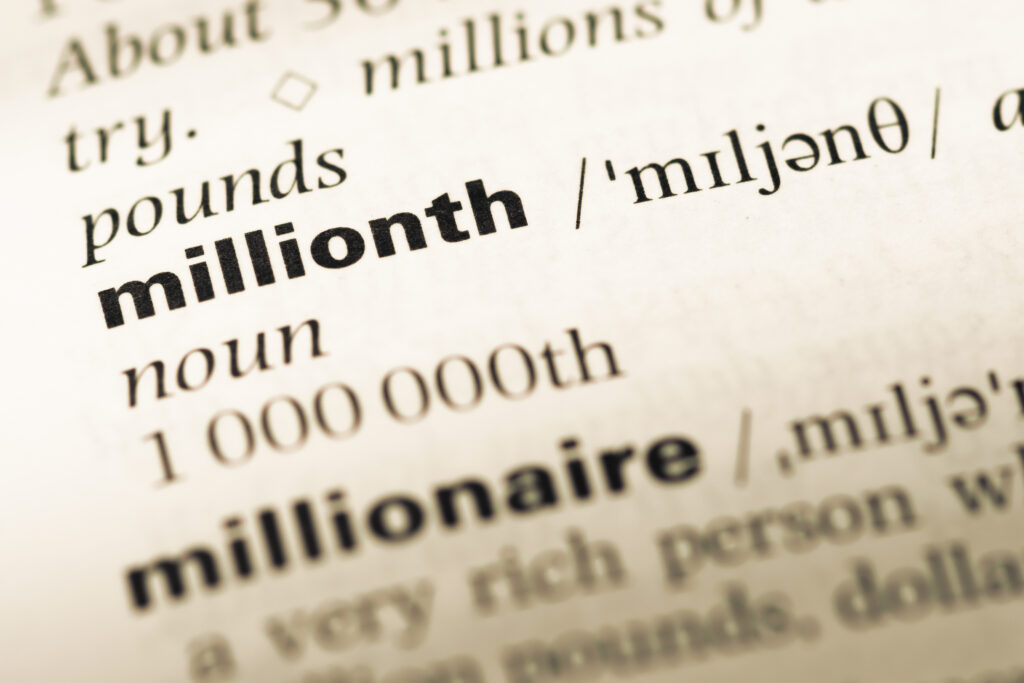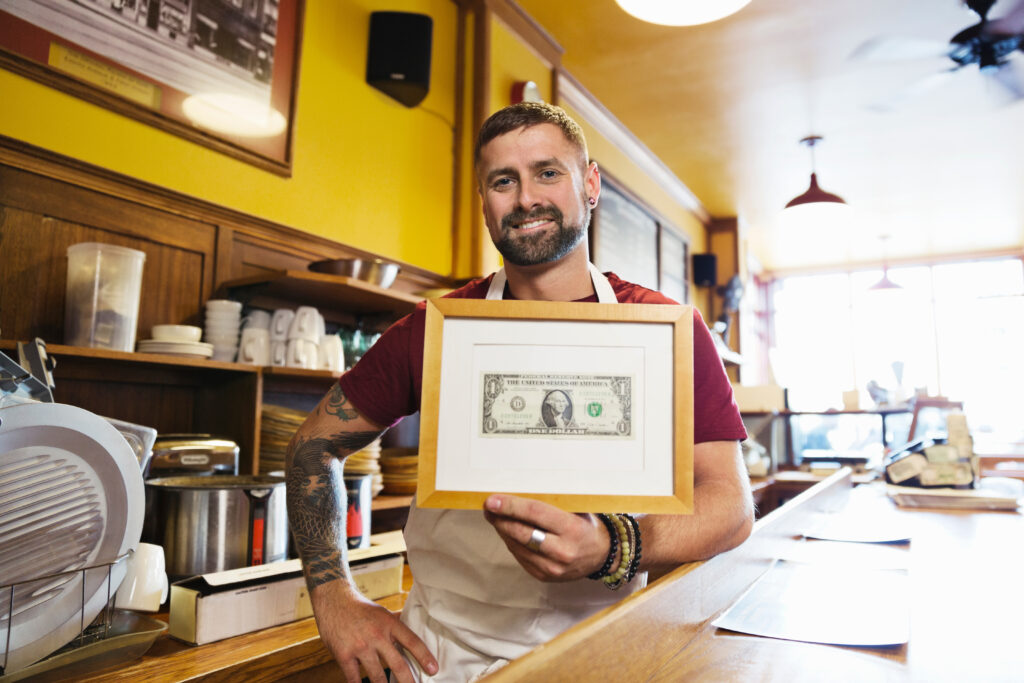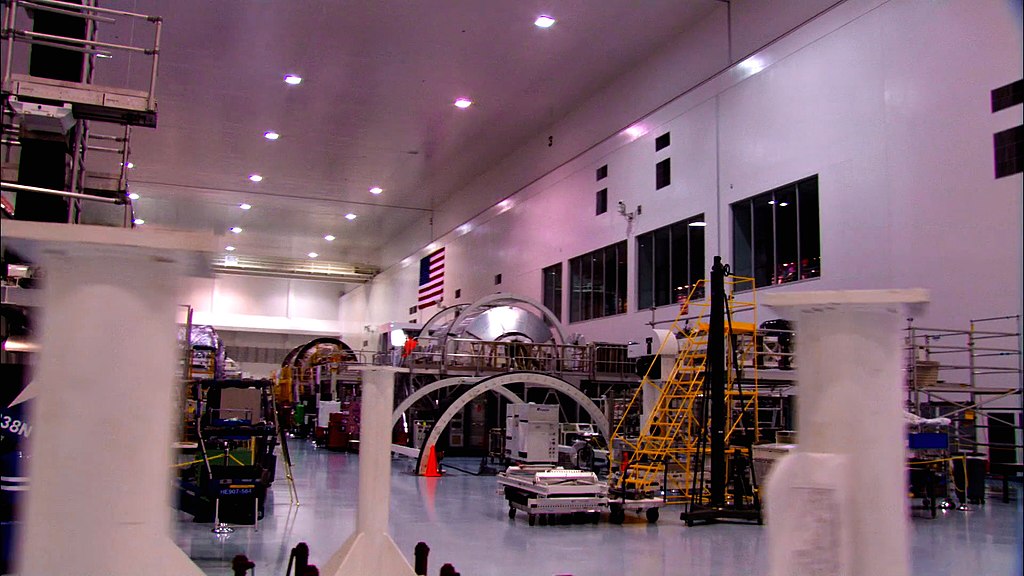Walk into any small business and a framed dollar bill is a likely addition to that shop’s decor. It’s not hard to understand why; for all the hard work it takes to start a business, that first customer is an achievement that’s worthy of commemoration.
But it’s also just one stepping stone for a milestone that entrepreneurs and business owners dream about: reaching a million customers. What makes a million customers so significant?
It could have been when businessman Ray Kroc proudly posted “Over 1 Million Served” below the golden arches of his first McDonald’s back in 1955. Or, it could be the “one-millionth customer” TV trope, in which a shopper is suddenly presented with balloons, prizes, and other fanfare as they cross a store’s threshold.
Regardless of the millionth-customer milestone’s origins, it’s a number that represents success and significance in a marketplace. Having a million customers means that a company not only has the ability to attract buyers across a marketplace and deliver on its promises—hundreds of thousands of times over—it also means that it’s a force to be recognized by its competitors.
A company with a million customers is a recognizable brand, an industry authority, and a source of value. So what does it take to reach this very significant business milestone?
What Are Million-Customer Companies Doing Right?
Reaching a million customers isn’t easy, but it’s also not impossible, especially when any type of business can reach hundreds of millions of buyers online. But, a company needs to offer something unique to every single one of its customers: the fulfillment of something they need or want.
Million-customer companies are all excellent at recognizing what their buyers want and why they want it. Then, they deliver on it. It’s not complex as a concept, but making it a reality it is easier said than done.
Companies can’t reach a million-customer milestone without reaching a marketplace that has a million potential buyers. All of these buyers are individuals but they have a common need, which makes them part of a single marketplace.
A lot of companies like to think they’re going to present their product or service as the answer to that need. They expect the buyer to see what’s being offered, quickly make the connection to their needs, and make a purchase. They put out ads, sit back, and wait for sales to roll in.
But companies that serve a million customers know better. They know that their product or service alone isn’t what wins over buyers. This is especially true when one company offers a product or service that’s similar or even virtually indistinguishable from its competitors.

How do these companies surpass their competitors? They maintain important brand distinctions and deliver an experience that becomes unique to them as a provider. They gain recognition for it and build on reputability through consistency.
And then, they scale, until dozens of loyal customers become hundreds, then thousands, and eventually, millions.
Million-customer companies aren’t just selling a product or service, they’re offering a solution. That solution might be just one small part of what the customer gets after they’ve made their purchase. It might mean peace of mind derived from superior quality or performance, a sleek and well-designed possession that broadcasts good taste or status, or just slightly less of a hassle thanks to an excellent customer service experience.
Companies excel when they understand why what they sell matters to their customers. Once they’ve determined that, they know where to focus their efforts and how to make themselves unique in a way that’s relevant to customers. They also know how to stay consistent to keep their brand reputable and their customers loyal.
This is what makes buyers see a brand name or logo and instantly have an impression of what that company delivers. It happens so quickly, it can seem almost effortless. But, except in cases of extreme good luck, there’s a lot of effort behind that seemingly automatic customer response.
Like that first dollar earned, it takes hard work and lessons-learned to reach that million-customer milestone.
What Makes A Million People Choose One Company Instead Of Another?
Mentioned in each of these examples are brands that represent some of the most successful businesses on the planet. Each one can make a case for what makes a company able to attract and keep millions of customers.
Even the companies mentioned don’t get it right all the time and simply adopting these attributes doesn’t create a guaranteed path to a million-customer milestone, but there are lessons here that a company of any size can use to make waves in a marketplace, which can have a lasting impact.
Recognition And Reputability
What do Apple, McDonald’s, Nike, and Disney all have in common? They’re instantly recognizable regardless of language and culture. Their branding is simple but effective.
Those simple and iconic logos also give customers a sense of what they’re getting: Apple means trendy, plug-and-play tech; McDonald’s means fast food that hits all the right salty and sweet spots; Nike means superstar celebrity athleticism; Disney means wholesome, family-friendly magic.
Even as these brands take risks, they consistently deliver on these customer associations. This amounts to reputability. To some extent, reputability comes from quality, but mostly it comes from consistency.

When consumers see these logos on an establishment or product, they know what it means in an instant. They make an instant association with how it fits in with their values, and they spend their money accordingly.
Takeaway: Simplicity in branding makes a company recognizable and consistency in delivery makes it reputable.
Trust That Their Needs Will Be Met
Amazon has sped past other e-commerce competitors in a way that it’s virtually unmovable as a force in business. Why do people choose Amazon over other major online retailers like Target and Walmart, where the same products are available at similar prices from the same manufacturers? Partly because Amazon has built a reputation on quick-click ordering and rapid order fulfillment.
Customers know they can browse and purchase a wide selection of goods in seconds, then expect them at their door in one or two packages in just a day. Walmart and Target are working on doing the same, but Amazon is trusted for it.
This order fulfillment capability didn’t happen overnight, but Amazon was able to scale in a direction that was focused on unheard-of shipping capabilities. Even when things didn’t go perfectly, Amazon’s customer service and returns policies kept customers satisfied and coming back. This meant little risk and a lot of benefits for the customer.
When buyers need something fast and want it brought to their door in as few steps as possible, they trust Amazon to meet those requirements.
Takeaway: Scaling capabilities and adopting systems to meet expectations creates a sense of trust that keeps buyers returning.
Something They Don’t Think They Can Get From The Competition
The two biggest companies in the world are direct competitors: Apple and Microsoft. They both provide products that serve many of the same functions. However, Microsoft users and Apple users each represent some of the strongest examples of brand loyalty.
Much of this comes from the user experience they feel only one of these companies can provide.
Both Microsoft and Apple users buy their preferred manufacturer’s products year after year. They make the case to their friends and family why their iPad is vastly superior to a Microsoft Surface Pro Tablet or why Microsoft laptops are a much better value than a MacBook.
At the end of the day, both manufacturers’ products enable their customers to do many of the same things, albeit with different interfaces. But, both Apple and Microsoft are excellent at creating the impression that customers will gain an experience that can’t be easily duplicated, despite fulfilling most of the same needs.
Takeaway: Creating the impression that only your company can deliver the experience your customers want is extremely valuable for customer retention.
Making The Moves Of A Million-Customer Company
Companies can reach and keep a million customers when they have something to offer, but also when they deliver on it in a way that makes them distinct from their competitors. In other words, their success is just as much about what they are to their customers as it is about what they sell.
A million-customer company will pull out all the stops to identify the unique value it offers to a marketplace. That company is going to put everything in place to deliver that value with consistency, then build the recognition that keeps customers returning, recommending, and trusting the brand. It’s not a quick or straightforward process, but it’s not impossible either.


